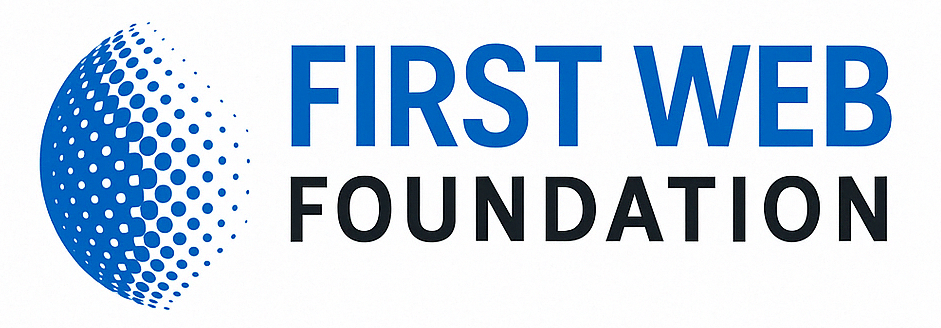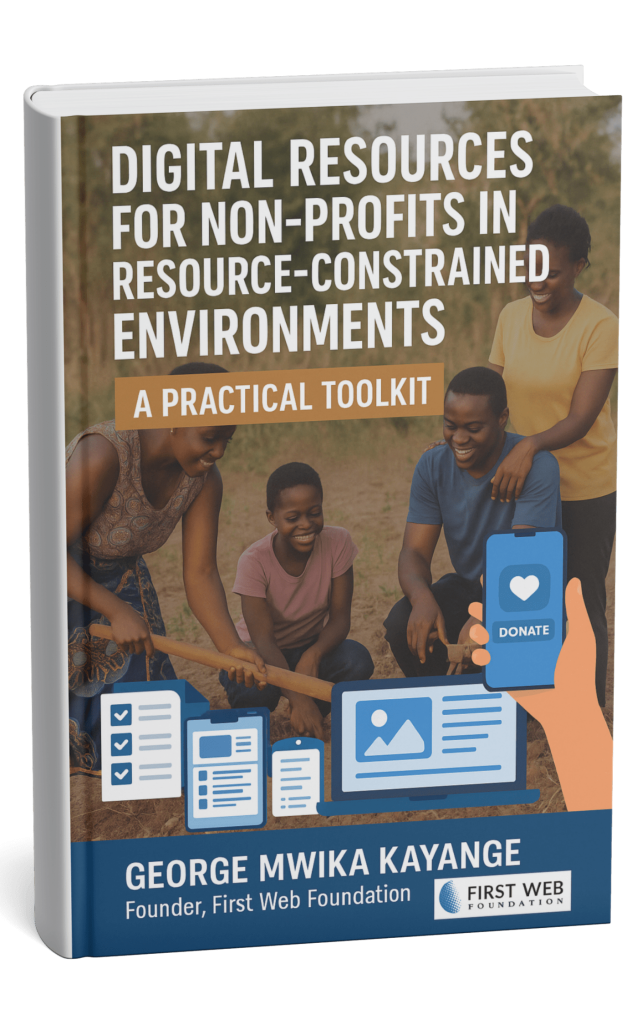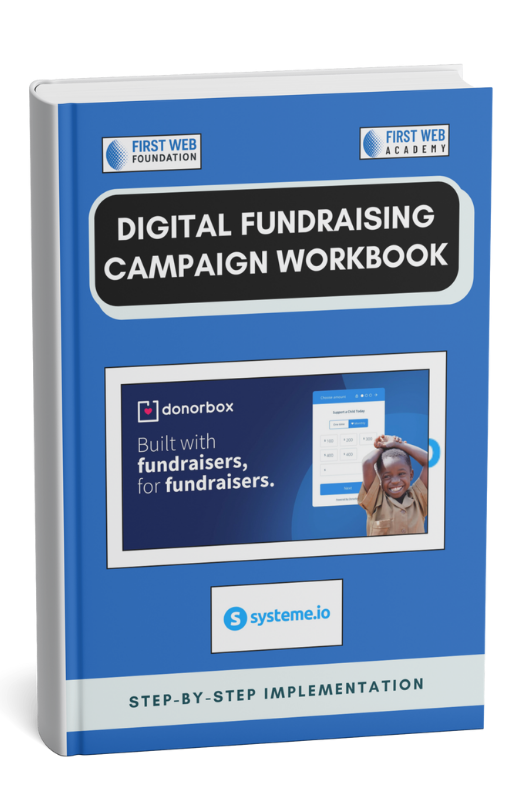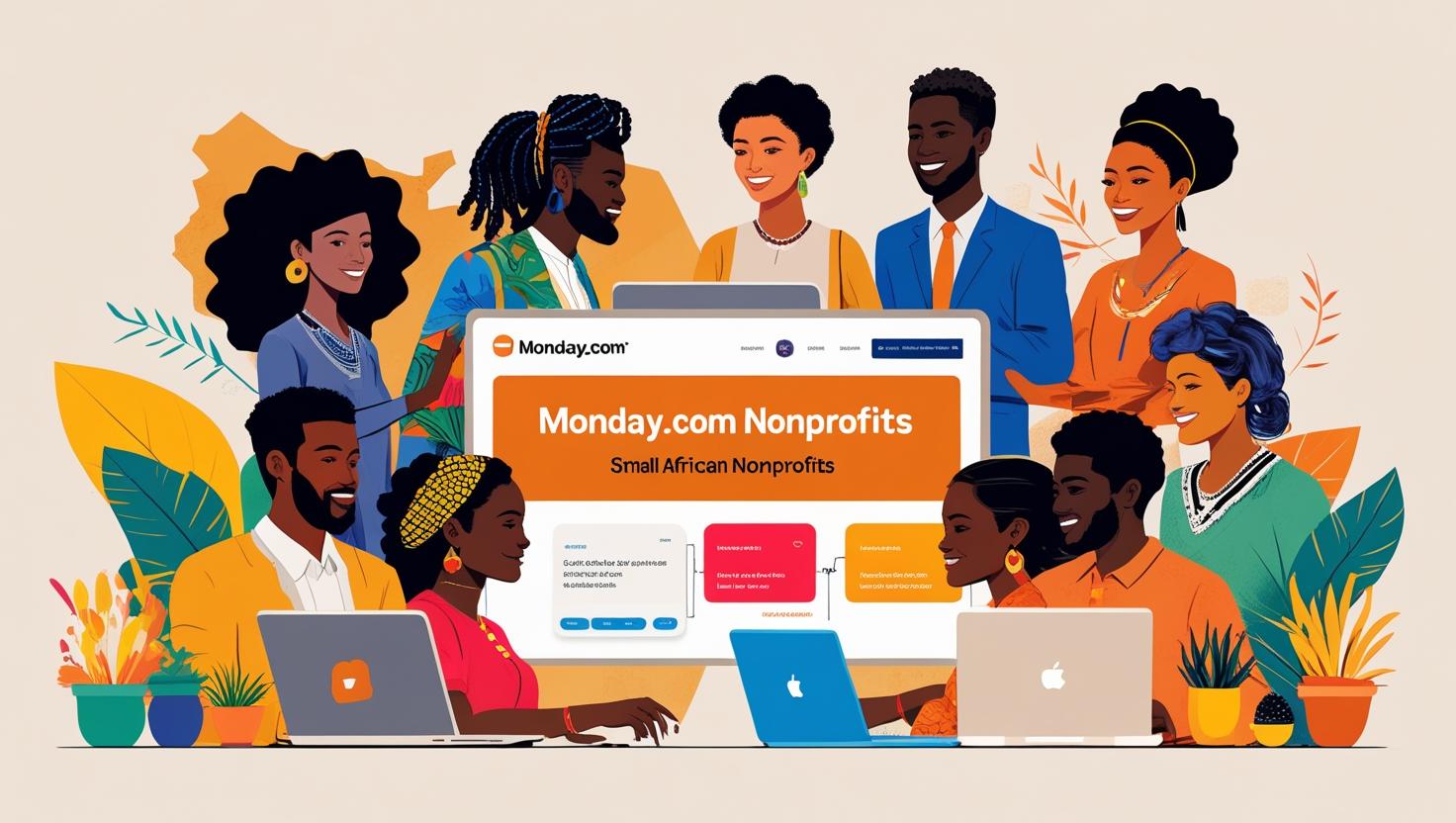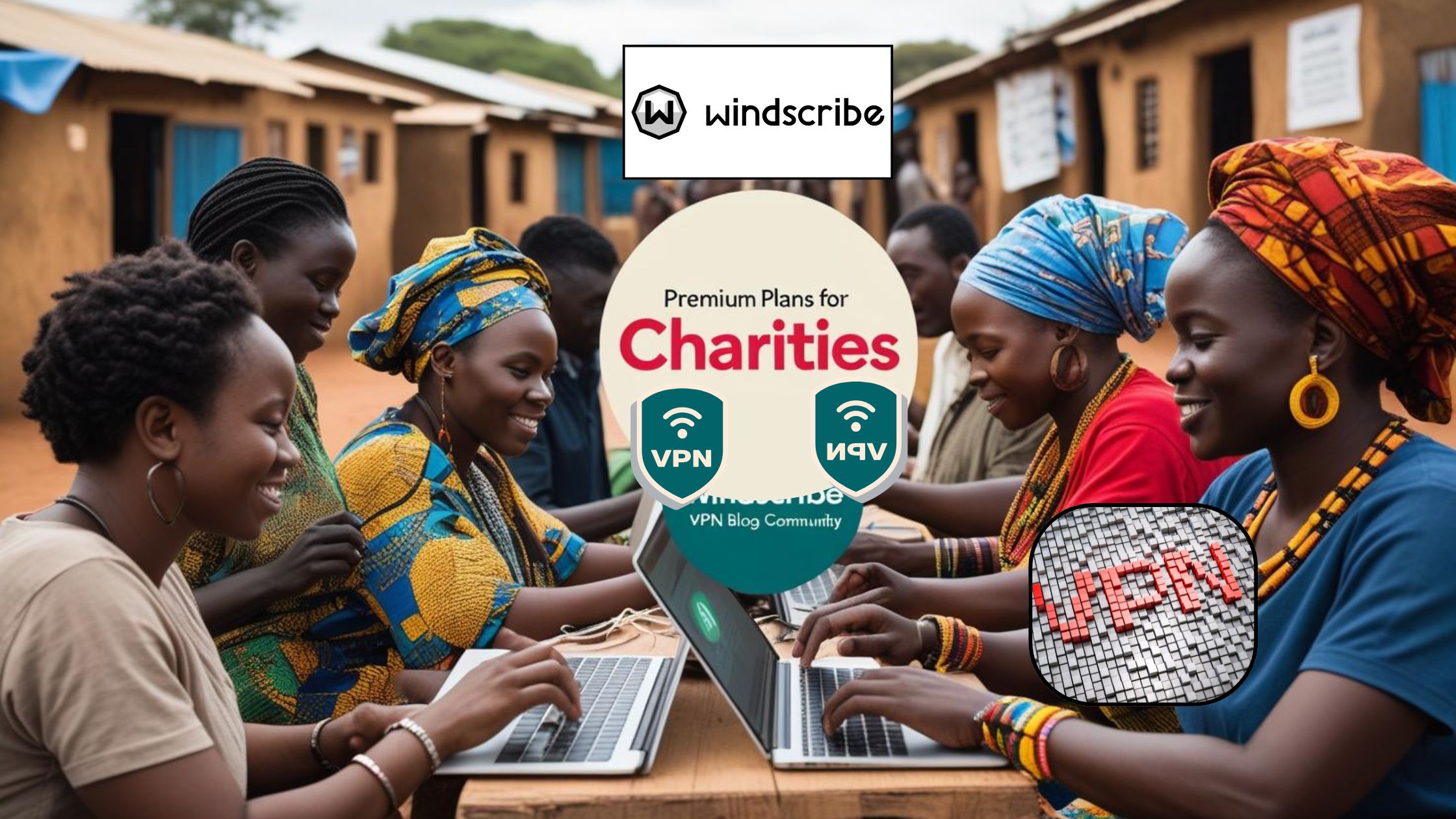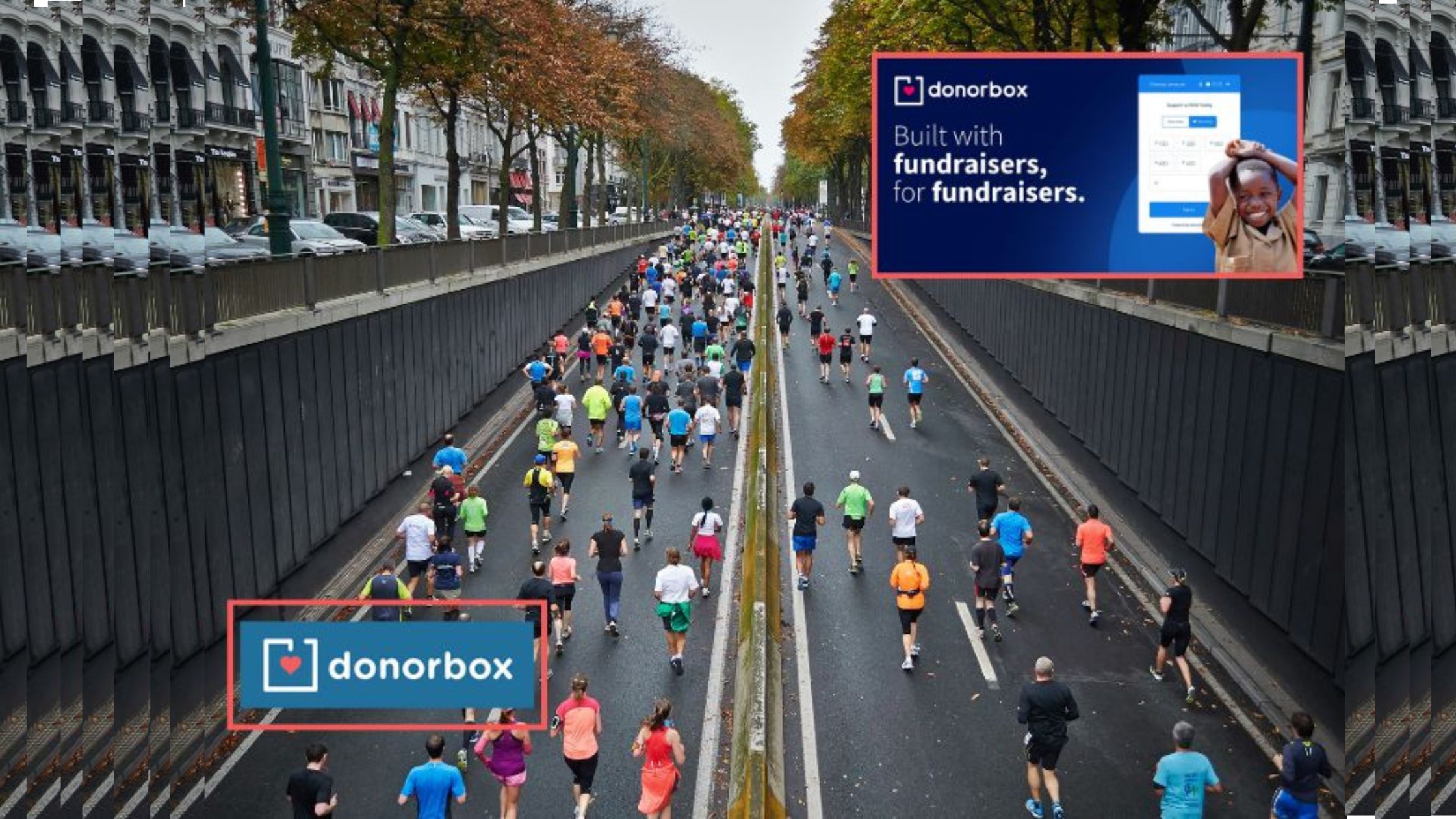Table of Contents
African charities operate within a unique landscape of challenges and opportunities that distinguish them from their counterparts in other regions. Limited infrastructure, diverse cultural contexts, and varying levels of digital access create complex environments for social media engagement. Yet these same factors also present unprecedented opportunities for authentic storytelling, community building, and global impact that can transform how charitable organisations connect with supporters and beneficiaries.
The digital revolution has fundamentally altered how charitable organisations communicate, fundraise, and demonstrate impact. Social media for African charities represents not merely an additional communication channel, but a transformative tool that can level the playing field with larger, better-resourced international organisations. Through strategic social media engagement, African charities can amplify their voices, reach global audiences, and mobilise resources that were previously inaccessible.
This comprehensive analysis examines the most effective social media strategies for African charities, drawing from successful implementations across the continent and addressing the specific challenges these organisations face. From infrastructure limitations to cultural sensitivity requirements, we explore how African charities can navigate the digital landscape whilst remaining authentic to their missions and communities.
The strategies outlined here reflect both global best practices and Africa-specific considerations that ensure social media efforts resonate with local communities whilst attracting international support. Each approach has been evaluated for its effectiveness, sustainability, and alignment with the resource constraints that characterise many African charitable organisations.
Understanding the Social Media Landscape for African Charities
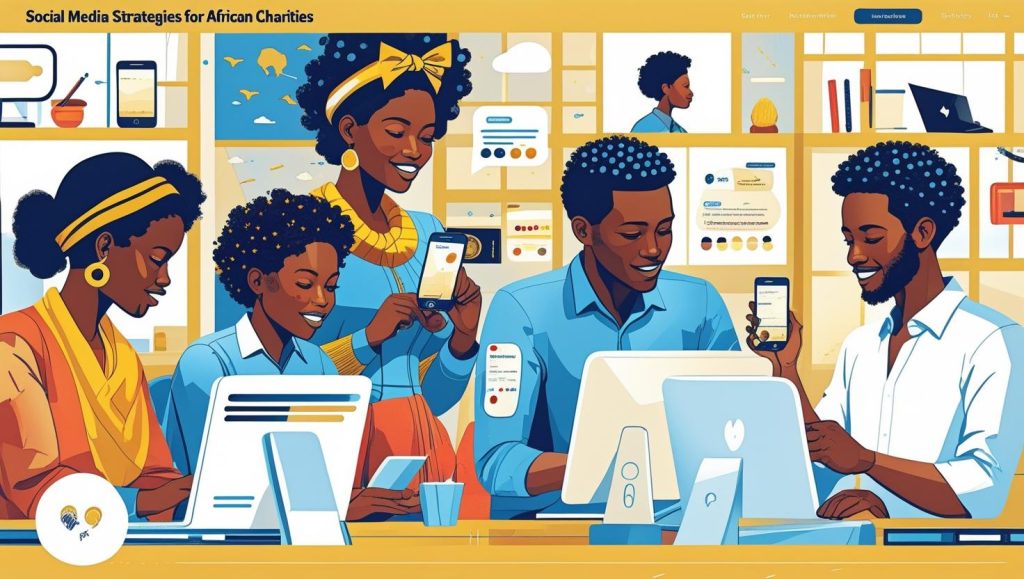
The Digital Divide and Opportunity Gap
Social media for African charities operates within the context of significant digital infrastructure variations across the continent. Urban areas often enjoy reliable internet connectivity and sophisticated digital ecosystems, whilst rural regions may have limited access to basic communication technologies. This disparity requires strategic thinking about platform selection, content distribution, and audience engagement approaches.
However, mobile phone penetration rates across Africa continue growing rapidly, with many users accessing social media primarily through mobile devices. This mobile-first reality influences content creation strategies, requiring organisations to optimise for small screens, limited bandwidth, and varying connectivity quality. Successful African charities adapt their social media approaches to these technical realities whilst maintaining professional presentation standards.
The opportunity gap extends beyond infrastructure to include digital literacy levels among target audiences. Social media for African charities must balance sophisticated engagement techniques with accessible content that serves audiences with varying levels of digital experience. This balance requires careful consideration of language choices, visual design complexity, and interaction mechanisms.
Cultural Context and Authentic Storytelling
African charities possess unique advantages in authentic storytelling that can differentiate them significantly from international organisations operating in the same spaces. Their deep community connections, cultural understanding, and firsthand experience with local challenges enable compelling narratives that resonate powerfully with both local and international audiences.
Effective social media for African charities leverages these authentic storytelling capabilities whilst respecting cultural sensitivities and community dignity. This approach requires moving beyond traditional charity narratives that may perpetuate stereotypes or diminish community agency. Instead, successful organisations focus on empowerment stories, community-driven solutions, and collaborative impact narratives.
The cultural diversity within African countries and across the continent requires nuanced approaches to content creation and audience engagement. Social media strategies must account for linguistic diversity, religious considerations, and cultural norms that vary significantly between regions. This complexity demands sophisticated understanding rather than one-size-fits-all approaches.
10 Strategies for Social Media for African Charities

1. Platform Selection Based on Audience Analysis
Strategic platform selection represents the foundation of effective social media for African charities. Rather than attempting to maintain presence across all available platforms, successful organisations focus their efforts on channels where their target audiences are most active and engaged. This concentration enables higher quality content and more meaningful interactions.
Facebook typically provides the broadest reach across African markets, with high penetration rates in both urban and rural areas. The platform’s features for community building, event promotion, and fundraising make it particularly valuable for charitable organisations. However, audience demographics and engagement patterns vary significantly between countries and regions.
Instagram’s visual focus aligns well with storytelling needs for many African charities, particularly those working in areas where compelling imagery can effectively communicate impact. The platform’s story features, IGTV capabilities, and shopping integration provide multiple engagement opportunities. However, data costs and bandwidth limitations may affect audience accessibility.
WhatsApp’s popularity across Africa makes it valuable for direct community engagement and supporter communication. Many organisations use WhatsApp groups for volunteer coordination, beneficiary updates, and donor stewardship. The platform’s end-to-end encryption also provides security benefits for sensitive communications.
2. Content Strategy Development and Implementation
Successful social media for African charities requires comprehensive content strategies that balance various objectives including awareness raising, fundraising, volunteer recruitment, and community engagement. Content planning should align with organisational goals whilst maintaining authenticity and cultural sensitivity.
Storytelling represents the cornerstone of effective content strategy for African charities. Personal narratives from beneficiaries, community members, and volunteers create emotional connections that drive engagement and action. However, these stories must be shared with dignity and respect, avoiding exploitation or oversimplification of complex situations.
Educational content performs particularly well for African charities, providing value to audiences whilst establishing organisational expertise. This might include health information, agricultural techniques, educational resources, or skill-building content. Educational posts often achieve higher engagement rates whilst building long-term audience relationships.
Behind-the-scenes content humanises organisations and builds trust with supporters. Showing staff at work, explaining program implementation, or sharing organisational challenges creates transparency that enhances credibility. This authentic approach differentiates African charities from larger, more corporate international organisations.
3. Community Building and Engagement Tactics
Building engaged online communities requires consistent effort and strategic thinking about audience needs and preferences. Social media for African charities succeeds when organisations create spaces where supporters feel valued, informed, and empowered to contribute to the mission.
User-generated content campaigns can amplify reach whilst building community ownership. Encouraging supporters to share their own stories, photos, or experiences creates authentic content whilst strengthening emotional connections to the organisation. These campaigns work particularly well when tied to specific themes or awareness days.
Regular interaction through comments, direct messages, and community posts demonstrates accessibility and responsiveness. African charities often have advantages in personal engagement compared to larger organisations, enabling deeper relationships with individual supporters. This personal touch becomes a competitive advantage when leveraged effectively.
Community challenges and interactive campaigns create engagement opportunities whilst advancing organisational goals. These might include fundraising challenges, awareness campaigns, or skill-sharing initiatives that encourage active participation rather than passive consumption of content.
4. Visual Storytelling and Brand Development
Visual content performs consistently better than text-only posts across all social media platforms, making visual storytelling essential for social media for African charities. However, creating compelling visuals requires strategic thinking about brand consistency, cultural sensitivity, and resource allocation.
Photography guidelines should ensure dignified representation of beneficiaries and communities whilst capturing compelling moments that illustrate impact. Many successful African charities develop internal photography capabilities rather than relying on external photographers who may lack cultural understanding.
Brand consistency across platforms builds recognition and professionalism. This includes consistent use of colours, fonts, logos, and messaging styles that reflect organisational values and mission. However, brand guidelines must be flexible enough to accommodate different platform requirements and cultural contexts.
Video content increasingly drives engagement across social media platforms, but production costs and technical requirements can challenge resource-constrained organisations. Successful African charities often focus on authentic, simple video content rather than expensive productions that may seem disconnected from their grassroots nature.
5. Influencer Partnerships and Collaboration Strategies
Influencer partnerships can significantly amplify reach and credibility for social media for African charities, but success requires careful selection and authentic relationship building. African influencers often have strong community connections and cultural credibility that international partnerships may lack.
Micro-influencers frequently provide better return on investment than macro-influencers for charitable organisations. These individuals often have highly engaged, local audiences and may be more willing to support causes without requiring large financial investments. Building relationships with multiple micro-influencers can create broader impact than single large partnerships.
Celebrity partnerships, when available and appropriate, can dramatically increase visibility for African charities. However, these relationships require careful management to ensure authentic alignment between celebrity values and organisational mission. One-off endorsements may be less valuable than ongoing advocacy relationships.
Peer organisation collaborations can expand reach whilst sharing resources and expertise. Joint campaigns, cross-promotion, and shared content creation can benefit multiple organisations whilst avoiding direct competition for supporters.
6. Crisis Communication and Reputation Management in Social Media for African Charities
African charities often operate in challenging environments where crisis communication becomes essential for maintaining credibility and support. Social media platforms can quickly amplify both positive and negative information, requiring proactive reputation management strategies.
Transparent communication during crises builds trust and demonstrates accountability. Rather than avoiding difficult topics, successful organisations address challenges directly whilst outlining steps being taken to resolve issues. This transparency often strengthens rather than weakens stakeholder relationships.
Monitoring tools help organisations identify emerging issues before they become major problems. Google Alerts, social media monitoring services, and community feedback systems enable early intervention in potentially damaging situations.
Response protocols should be established before crises occur, including designated spokespeople, approval processes, and communication templates. Quick, appropriate responses often prevent minor issues from becoming major problems.
7. Fundraising Integration and Donor Stewardship
Social media for African charities must integrate fundraising activities seamlessly with other engagement efforts. Heavy-handed fundraising approaches often alienate audiences, whilst subtle integration can effectively drive donations without compromising content quality.
Storytelling-based fundraising performs better than direct appeals for most African charities. Sharing specific stories about individuals or communities served, with clear explanations of how donations create impact, generates more engagement and donations than generic appeals.
Donor recognition and stewardship through social media helps retain supporters whilst encouraging additional giving. This might include highlighting donor impact, sharing thank-you messages, or providing exclusive content to donors. However, recognition must respect donor privacy preferences and cultural norms.
Campaign-specific fundraising aligned with awareness days, emergencies, or particular programs can focus fundraising efforts whilst providing clear calls to action. These focused campaigns often perform better than ongoing general fundraising requests.
8. Measurement, Analytics, and Performance Optimisation
Effective social media for African charities requires systematic measurement and continuous optimisation based on performance data. However, measurement approaches must align with organisational goals rather than focusing solely on vanity metrics that may not indicate real impact.
Engagement metrics including likes, comments, shares, and click-through rates provide insights into content performance and audience preferences. However, these metrics should be evaluated in context of organisational goals rather than as ends in themselves.
Conversion tracking measures how social media activities contribute to organisational objectives such as website visits, volunteer applications, or donation completions. This data enables resource allocation decisions and strategy optimisation.
Audience insights help organisations understand supporter demographics, preferences, and behaviours. This information enables more targeted content creation and platform optimisation that improves overall effectiveness.
9. Compliance, Ethics, and Cultural Sensitivity
Social media for African charities must navigate complex ethical considerations around beneficiary dignity, cultural sensitivity, and privacy protection. These considerations require ongoing attention and systematic approaches to ensure responsible communication.
Consent protocols should govern how beneficiary stories and images are collected, used, and shared across social media platforms. Clear processes protect individuals whilst enabling compelling storytelling that advances organisational goals.
Cultural sensitivity guidelines help organisations avoid unintentional offense or misrepresentation of communities served. These guidelines should be developed with community input and regularly updated based on feedback and changing contexts.
Data protection and privacy considerations have become increasingly important as regulations develop and public awareness grows. Organisations must understand their obligations whilst implementing practical measures that protect supporter and beneficiary information.
10. Staff Training and Capacity Building
Sustainable social media for African charities requires building internal capacity rather than relying solely on external support. Staff training and skill development enable organisations to maintain consistent, high-quality social media presence over time.
Basic digital literacy training ensures that all staff understand social media fundamentals and organisational guidelines for online engagement. This training prevents inadvertent problems whilst empowering staff to contribute to social media efforts.
Content creation skills including writing, photography, and basic video production enable organisations to produce compelling content without requiring external resources. These skills can be developed through online courses, peer learning, and practice.
Strategic thinking and planning capabilities help organisations develop and implement comprehensive social media strategies that align with broader organisational goals. This strategic capacity prevents ad-hoc approaches that may waste resources or undermine effectiveness.
Overcoming Common Challenges in Social Media for African Charities
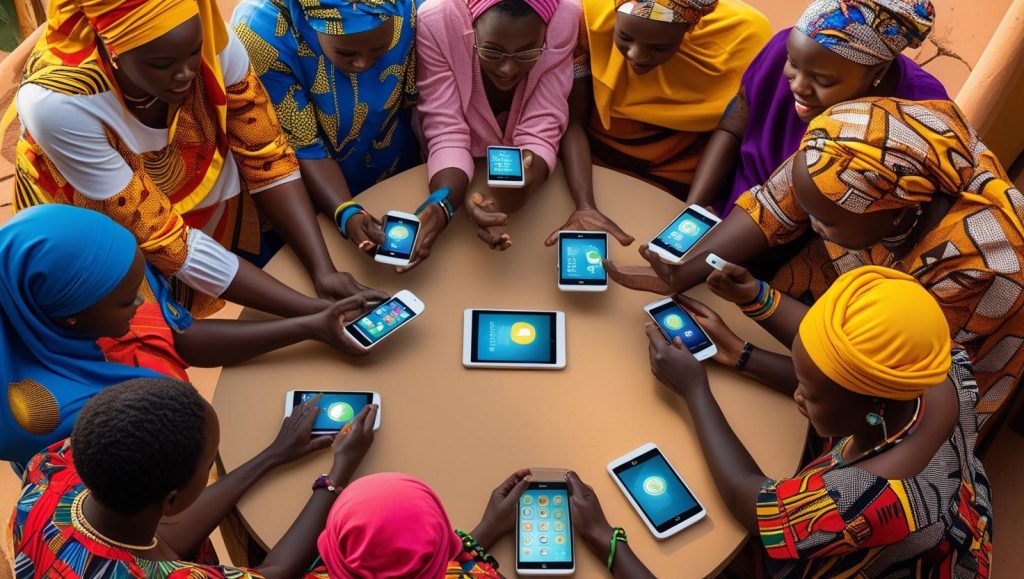
Infrastructure and Connectivity Limitations
Limited internet connectivity and high data costs affect both organisations and their audiences, requiring strategies that accommodate these technical realities. Successful African charities adapt their approaches whilst maintaining professional standards and effective engagement.
Offline content preparation enables organisations to maximise limited connectivity time by creating content during offline periods and uploading during optimal connection windows. This approach requires planning but improves efficiency and reduces data costs for social media for African charities.
Mobile-optimised content acknowledges that most African users access social media through mobile devices with varying screen sizes and connection speeds. Optimising images, videos, and text for mobile consumption improves accessibility and engagement rates.
Data-light strategies focus on content types that require minimal bandwidth whilst delivering maximum impact. Text-based content, compressed images, and strategic use of video can maintain engagement whilst respecting connectivity limitations.
Resource Constraints and Sustainability
Limited budgets and staffing affect how African charities approach social media, requiring creative solutions that maximise impact whilst maintaining sustainability. Successful organisations develop approaches that fit their resource realities rather than attempting to replicate resource-intensive strategies.
Volunteer engagement can supplement professional staff capacity when managed appropriately. Volunteers with relevant skills can contribute to content creation, community management, and strategic planning under proper supervision and training.
Content repurposing maximises the value of original content by adapting it for multiple platforms and purposes. Single pieces of content can be reformatted for different platforms, translated into local languages, or updated for different campaigns.
Partnership approaches enable resource sharing with other organisations, reducing individual costs whilst expanding collective impact. Shared campaigns, content collaboration, and joint training initiatives provide mutual benefits for social media for African charities.
Language and Cultural Diversity
Africa’s linguistic and cultural diversity requires nuanced approaches that respect differences whilst enabling effective communication. Successful social media for African charities navigates this complexity through strategic choices and community engagement.
Language strategies must balance reach and authenticity, considering audience preferences and organisational capacity. Some organisations focus on dominant languages for broader reach, whilst others prioritise local languages for deeper community connection.
Cultural adaptation goes beyond translation to include visual choices, messaging approaches, and engagement styles that resonate with specific cultural contexts. This adaptation requires ongoing learning and community feedback.
Community involvement in content creation and validation ensures cultural appropriateness whilst building local ownership of social media efforts. Community members can provide insights, feedback, and content that external perspectives might miss.
Key Takeaways
Strategic Focus Enables Greater Impact: African charities achieve better results by focusing their social media efforts on platforms and strategies that align with their audience and resources rather than attempting comprehensive presence across all channels.
Authentic Storytelling Provides Competitive Advantage: The deep community connections and cultural understanding of African charities enable authentic narratives that resonate more powerfully than generic international charity communications.
Mobile-First Approach Reflects User Reality: Strategies in social media for African charities must prioritise mobile optimisation and data-conscious content to serve African audiences who primarily access platforms through mobile devices with varying connectivity.
Community Building Trumps Broadcasting: Successful social media for African charities emphasises two-way engagement and community building rather than one-way communication, leveraging personal connections as competitive advantages.
Cultural Sensitivity Requires Systematic Attention Effective social media engagement demands ongoing attention to cultural nuances, dignity concerns, and community preferences rather than one-size-fits-all approaches.
Measurement Must Align with Mission Performance evaluation should focus on metrics that reflect organisational goals and impact rather than vanity metrics that may not indicate real effectiveness or mission advancement.
Frequently Asked Questions
Which social media platforms work best for African charities with limited resources?
Facebook typically provides the broadest reach across African markets with comprehensive features for fundraising, community building, and event promotion. WhatsApp offers excellent direct engagement opportunities, whilst Instagram works well for visual storytelling. Focus on 2-3 platforms where your audience is most active rather than trying to maintain presence everywhere. Platform selection should align with your audience demographics and organisational capacity.
How can African charities create professional content without expensive equipment or software?
As far as social media for African charities is concerned, smartphone cameras can produce high-quality photos and videos when used strategically. Free editing apps like Canva, InShot, and VSCO provide professional-looking results. Focus on good lighting, clear audio, and compelling stories rather than expensive production values. Authentic, straightforward content often performs better than overly produced material that seems disconnected from grassroots work.
What are the most effective fundraising approaches for social media for African charities?
Story-driven fundraising works better than direct appeals. Share specific stories about individuals or communities served, clearly explaining how donations create impact. Use campaigns tied to specific needs, emergencies, or awareness days rather than constant fundraising requests. Combine social media with platforms like Donorbox for secure, professional donation processing. Thank donors publicly (with permission) to encourage others.
How should African charities handle language diversity in their social media content?
Assessing your audience to determine their primary languages and creating content accordingly is critical when it comes to social media for African charities. Many successful organisations use English for international reach whilst creating local language content for community engagement. Consider creating key content in multiple languages or using simple English that non-native speakers can easily understand. Engage community members to ensure the content is culturally and linguistically appropriate.
What are the biggest mistakes African charities make on social media?
Common mistakes include: posting inconsistently, focusing only on fundraising, sharing culturally insensitive content, neglecting to engage with comments and messages, using poor-quality images, and failing to protect beneficiary dignity and privacy. Also avoid copying strategies from Western organisations without adapting them to local contexts, and don’t ignore the importance of mobile optimisation.
How can small African charities compete with larger international organisations on social media?
Leverage your authentic community connections and local knowledge as competitive advantages. Share genuine, personal stories that larger organisations cannot access. Focus on building engaged local communities rather than chasing follower numbers. Use your agility to respond quickly to current events and community needs. Partner with local influencers and other community organisations to expand reach without increasing costs.
What legal and ethical considerations should African charities consider for social media?
Always obtain proper consent before sharing beneficiary stories, photos, or personal information. Develop clear guidelines for staff social media use and crisis communication. Respect privacy laws and cultural norms around image sharing. Ensure transparency in fundraising communications and accurate representation of your work. Consider data protection requirements and implement secure practices for handling supporter information.
How can African charities measure the success of their social media efforts?
Track metrics aligned with your goals: engagement rates, website traffic, donation conversions, volunteer applications, and community feedback. Use free analytics tools provided by platforms like Facebook Insights and Instagram Analytics. Monitor metrics over time rather than focusing on daily fluctuations. Combine quantitative data with qualitative feedback from community members and supporters to understand real impact.
Support the First Web Foundation
The First Web Foundation is committed to helping small nonprofits and social enterprises harness the power of digital technology. Our mission is to bridge the digital divide and provide practical resources that make a real difference in your community work.
How You Can Help:
Your support enables us to create more resources like this comprehensive guide and reach more organisations across Africa. Every contribution, no matter how small, helps us continue this vital work.
Make a Donation: Visit firstwebfoundation.org/donate to make a secure online donation. Your contribution directly supports the development of free educational resources for nonprofits.
Follow Our Work: Stay updated with our latest resources and insights by following us on social media:
- Subscribe to our YouTube channel: youtube.com/@FirstWebFoundation
- Like our Facebook page: facebook.com/firstwebfoundation
- Connect with us on LinkedIn: linkedin.com/company/first-web-foundation
Share This Guide: Help us reach more organisations by sharing this comprehensive social media strategy guide with your network. Forward it to other nonprofit leaders, post about it on social media, or include it in your newsletters.
Together, we can ensure that every African charity has access to the social media knowledge and strategies they need to transform their impact and engagement with supporters and communities.
